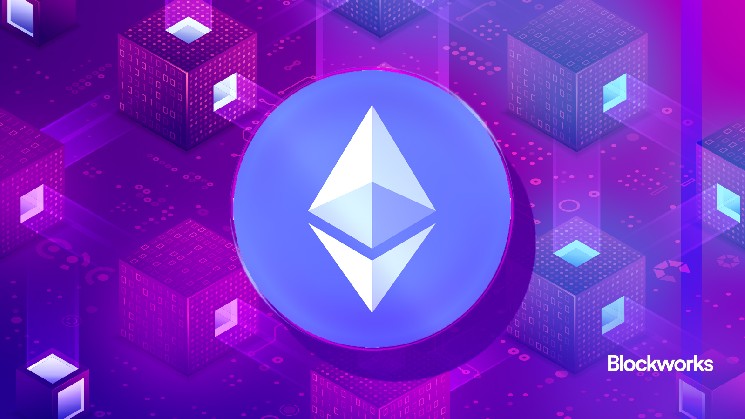It is a phase of the 0xResearch e-newsletter. Subscribe to learn the complete version.
Ethereum Core builders are tuning the protocol's execution engine for larger throughput and suppleness forward of future Fusaka Fork. When all Core Devas referred to as on June nineteenth, contributors lined up alongside batches of EIPs for inclusion in devnet-2, rising the extra aggressive efficiency upgrades of future devnet-3 (confirmed).
The outcomes are strictly scoped however technically significant upgrades, with a lot deal with optimizations fairly than new options. After I lined Fusaka in April, it was nonetheless a fusion of mushy concepts. An unresolved query concerning interim gasoline restrictions will increase, early discussions concerning revisions to blob charges, and contract measurement restrictions. Two months later, the fork cured in a transparent bundle.
The developer is at present dedicated to CLZ's newest Opcode (EIP-7939) (“Nation Studying Zero”) along with 45 million gasoline ceilings, capped blob submissions per transaction, and a streamlined 48 KB contract restrict (EIP-7907). Beforehand controversial parameters like BLOB Price Ground (EIP-7918) have been resolved and the Devnet-2 was set on Monday.
Let's begin by rising the gasoline restrict. That is already beneath take a look at and isn’t a part of Fusaka. This transformation may, if profitable, smash Ethereum's transaction capability by 11% or extra, however requires cautious benchmarking. Builders have flagged the necessity to preserve block propagation inside secure latency as a crucial variable to watch.
“All shoppers assume it's okay to maneuver ahead with 45 million as soon as the discharge is full,” EF's Parithosh Jayanthi (generally generally known as “Pari”) stated within the name.
Along with boosting throughput, builders are bettering the best way BLOB knowledge launched in EIP-4844 is processed throughout Dencun upgrades. 4844 enabled cheaper off-chain knowledge availability, however didn’t restrict the variety of blobs contained in a single transaction. EIP-7892 closes that hole and caps per-transaction blob use to forestall one rollup or DAPP from monopolizing the blob area. In the meantime, the EIP-7918 units the bottom price flooring and caps the overall variety of blobs per block. It is a transfer that balances scalability and community safety.
“Setting a decrease certain on the biggest measurement blob means that you could embrace extra blobs. Paradoxically,” Adams stated.
With out flooring, Blob-based charges may drop to close zero when demand is low, resulting in environment friendly use of block area.
One other low-level enchancment inexperienced gentle for DevNet-2 is the EIP-7939, which introduces the CLZ opcode within the EVM. This may increasingly sound obscure, however it’s the type of device that energy improvement reaches when narrowing down efficiency or doing intelligent issues with randomness and proof. Most trendy VMs have already got that, and now in addition they have Ethereum. A distinct segment however handy profit for developer ergonomics, with minimal consensus affect.
Additionally price noting is the EIP-7951, the long-awaited precompilation of SECP256R1, a kind of encryption curve utilized in Digital Signatures. Its inclusion unlocks native assist for keys generally used on cell and enterprise platforms, together with WebAuthn-based authentication, so Ethereum brings you a step nearer to seamless, safe off-chain integration.


